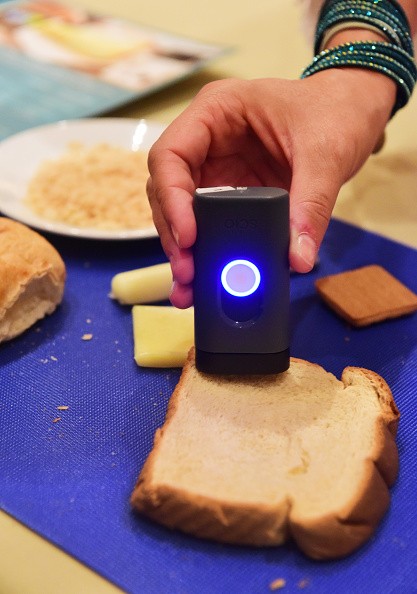One of the new devices launched at the 2016 International Consumer Electronics Show in Las Vegas was a pocket-sized food scanner by French startup DietSensor known as SCiO, which utilizes near-infrared spectroscopy to identify the chemical composition of food and beverages.
Mashable reported on Tuesday that the new gadget is actually directed towards helping individuals suffering from illnesses, such as cardiovascular diseases and diabetes, to keep track whether what's on their plates could actually be harmful to their conditions.
During DietSensor's demo of SCiO, the device was pointed at a piece of cheese, and just by clicking on a button, the corresponding app paired on a smartphone displayed details on the dairy product, including fat and carbs content and essential tips.
These information will then be stored in the user's health profile, which is equipped with a progress chart to track the daily food intake.
However, the SCiO food scanner is only capable of reading homogenous foods, or those that are uniform in composition, such as bread, cheese, crackers, cereal and chicken, noted CNet on Tuesday.
At $249 and a monthly subscription of $10 to $20, people can get the SCiO and the DietSensor app respectively on September 2016.
"So many of the apps out there are tedious," said Remy Bonnasse, developer of the SCiO. "We thought of this after our daughter was diagnosed because she had to start counting carbs and reading labels using the other apps on the market, which was time-consuming, and eating was becoming a problem and very stressful.
"It was impacting her social life, making things like eating cake at a birthday party very complex," he added.
Bonnasse recognizes that there about 40 million users of food tracking apps, and that another 100 million adults who are suffering from chronic diseases and obesity are not because they find that most of these apps are inconvenient to use.
"For our daughter and that 100 million we wanted a technology that could log food with a click of a button and a scan that takes 2 seconds, not 20-30 clicks per food," noted Bonnasse.




